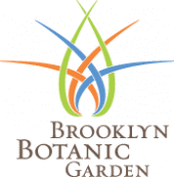
Brooklyn Botanic Garden is an urban botanic garden that connects people to the world of plants, fostering delight and curiosity while inspiring an appreciation and sense of stewardship of the natural world.
Both in the Garden and well beyond, BBG inspires people of all ages through the conservation, display, and enjoyment of plants; with educational programs that emphasize learning by doing; and with research focused on understanding and conserving regional plants and plant communities.
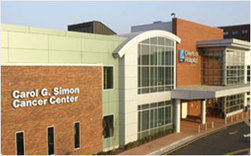
Carol G. Simon Cancer Center, Morristown Memorial Hospital
Located in northern New Jersey, we have more than 70 top-ranked, board-certified physicians and are a Major Clinical Affiliate of Rutgers Cancer Institute of New Jersey, the State's only National Cancer Institute-designated Comprehensive Cancer Center.

Central Park Conservancy was founded in 1980 by a group of dedicated civic and philanthropic leaders. They were determined to end Central Park's dramatic decline in the 1970s and restore it to its former splendor as America's first and foremost major urban public space, as envisioned by its 19th-century designers, Frederick Law Olmsted and Calvert Vaux. Today, the Conservancy's mission is to restore, manage and enhance Central Park, in partnership with the public, for the enjoyment of present and future generations.

Through their continuing commitment and volunteer efforts, The Friends of The Frelinghuysen Arboretum foster and develop public awareness, knowledge and enjoyment of horticulture and the natural world, and of course, help to preserve and maintain the beauty of this most valued community and regional resource, The Frelinghuysen Arboretum.
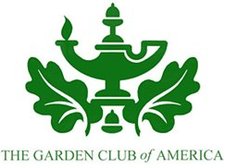
The purpose of The Garden Club of America is to stimulate the knowledge and love of gardening, to share the advantages of association by means of educational meetings, conferences, correspondence and publications, and to restore, improve and protect the quality of the environment through educational programs and action in the fields of conservation and civic improvement.

The Great Swamp Watershed Association is dedicated to protecting and improving water resources in the region by monitoring local streams, advocating for intelligent land use, and educating our communities about water quality and quantity and their effect on the health and natural beauty of the local environment. The Association serves as an important environmental resource for individuals, organizations and governmental entities.
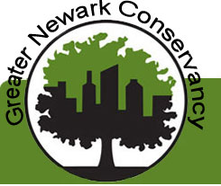
Greater Newark Conservancy promotes environmental stewardship to improve the quality of life in New Jersey's urban communities. Founded in 1987, the Conservancy has four program areas--environmental education, community greening and gardening, job training and advocacy for environmental justice.
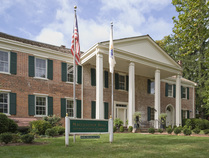
Macculloch Hall is an 1810 historic house museum with period rooms, changing exhibits & gardens, featuring the nation’s largest collection of original art by political cartoonist Thomas Nast.
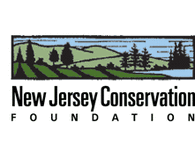
The mission of New Jersey Conservation Foundation is to preserve New Jersey’s land and natural resources for the benefit of all.

New York Botanical Gardens: studying, exhibiting and conserving plants for more than 120 years. See spectacular seasonal exhibitions inside a landmark glasshouse that also features a tropical rain forest and cactus-filled desert with plants that can be seen nowhere else in New York.

Rutgers New Jersey Agricultural Experiment Station (NJAES) Cooperative Extension, a unit of the experiment station, serves homeowners through factsheets, master gardener hotlines, workshops, and services that test soil and diagnose plant disease.
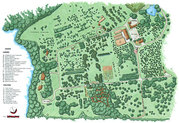
Rutgers Gardens is a self sustaining operation and relies on your support for maintaining the Gardens, purchasing equipment and materials, supporting salaries, and providing public programs. They are one of the few botanical gardens in the country that does not charge a visitor’s fee and is open 365 days a year.
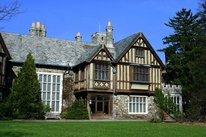
The New Jersey Botanical Gardens includes 96 acres of specialty gardens surrounded by 1000 acres of woodlands. You're invited to wander and explore the miles of marked trails.
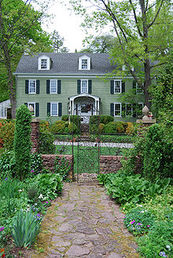
Willowood, 130 acres of rolling farm land, has about 2,100 kinds of native and exotic plants, many of them rare. In addition to the formal gardens near the residence and undisturbed forest, historic collections include oak, maple, willow, magnolia, lilac, cherry, fir, pine, a superb specimen of Dawn Redwood (Metasequoia) now more than 98’ tall, masses of ferns and handsome stands of field and forest wild flowers.


